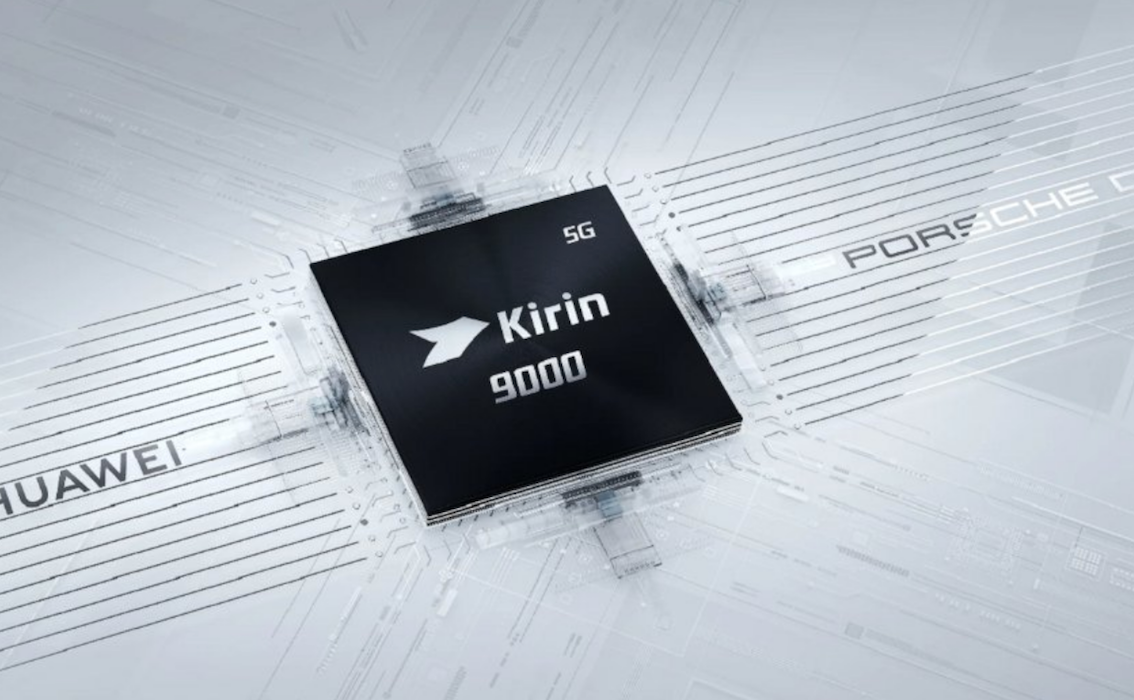Despite facing significant challenges and bans in recent years, the Chinese tech giant Huawei has managed to make waves in the world of chipsets. Huawei’s achievement is particularly remarkable because the company currently lacks access to critical technology for chipset production. Yet, they’ve succeeded in developing advanced chipsets.

This year, Huawei quietly released its new smartphone, the Mate Six Pro, in China, featuring a notable innovation in chipsets—the Kirin 9000 5G.
The manufacturing of chipsets is a complex process, and Huawei relies on the Semiconductor Manufacturing International Corporation (SMIC) for this crucial component. The Kirin 9000 5G chipset promises to provide Huawei’s new device with the advantages of 5G connectivity. What’s noteworthy is that this chipset is manufactured using a 7-nanometer process.
You might wonder why the nanometer size matters. Well, the smaller the nanometer size, the more powerful and efficient the chipset can be. Huawei has made significant strides in this regard, even though the company has not officially commented on this particular feature. The question that arises is how they managed to achieve this without full access to the required technology.
Experts are cautiously optimistic about Huawei’s new chipset. While SMIC can currently produce 7-nanometer chipsets, questions linger about their efficiency, cost-effectiveness, and scalability on a larger scale. Huawei’s new chipset is likely undergoing rigorous testing, and its true potential will become clear over time.
Huawei’s ability to develop chipsets in challenging circumstances reflects the company’s determination and resilience. However, it remains to be seen whether SMIC can consistently produce profitable chipsets for Huawei despite the odds and obstacles.
In the past, Huawei was a direct competitor to Apple in the Chinese market, where Apple’s iPhone faced challenges. The Chinese tech giant’s ability to innovate and adapt in the face of adversity has allowed it to maintain a strong presence in the global smartphone industry.
As Huawei continues to navigate a complex and ever-changing technological landscape, its achievements in chipset development demonstrate its commitment to providing cutting-edge technology to consumers worldwide. Time will reveal the full potential and impact of Huawei’s new Kirin 9000 5G chipset, which could play a pivotal role in the company’s future endeavors.
Leave a Reply